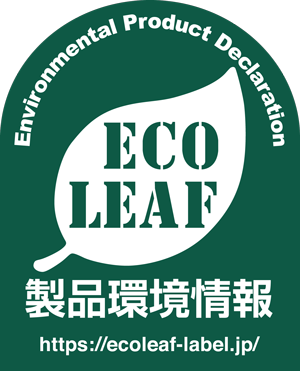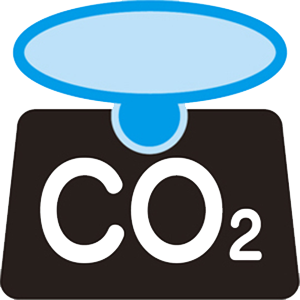Overview
What’s the Japan EPD Program by SuMPO
Types of declaration
The Japan EPD Program by SuMPO provides two types of declaration ;
- EcoLeaf : a Type III environmental declaration (EPD)
- CFP : Carbon Footprint of Products (CFP) declaration
EcoLeaf |
CFP |
|
|---|---|---|
| Impact category | ||
| Impact category | Multiple ・Climate change ・Acidification ・Eutrophication ・Resources consumption etc (must include more than 3 impact categories) |
Single issue ・Climate change |
| Declaration | ||
| Declaration | Type III environmental declaration (EPD) | CFP declaration |
| Characteristics | ||
| Characteristics | ・Comprehensively evaluates product’s life cycle impacts including CFP information ・Meets requirements relating to multiple impact assessment |
Focuses on most talked-about impact assessment category - climate change - and emphasizes concise communication |
| Conforming international standards | ||
| Conforming international standards | ISO 14025:2006 (Environmental labels and declarations - Type III environmental declarations - Principles and procedures) | ISO/TS 14067:2013 (Greenhouse gases - Carbon footprint of products - Requirements and guidelines for quantification and communication) |
| Systems and tools specifying above international standards | ||
| Systems and tools specifying above international standards | EPEAT (Electronic Product Environmental Assessment Tool) LEED (Leadership in Energy & Environmental Design) |
EPEAT (Electronic Product Environmental Assessment Tool) |
Based on the above, businesses select the type of the declaration which meets their requirements.
Objectives
- For businesses: to implement further measures for reduction and fulfil their social responsibilities.
- For consumers: to make lifestyle changes to reduce their own environmental impacts.
- (1)Quantitative visualization (quantification) of environmental information, such as climate change impact throughout the life cycle of a product, based on calculation methods that ensure reliability and transparency
- (2)Promotion of mutual understanding (communication) between providers (businesses) and users (stakeholders including consumers and businesses) based on information that is ‘visualized’, in order to make efforts to reduce environmental impacts
Basic structure of the Program
The Program is operated with the following basic structure, where each component has defined criteria, procedures, etc.
① Development, approval, and publication of Product Category Rules (PCR) that form the basic rules for calculation and declaration of product type
② Verification of calculation results and declarations for individual products (product-to-product verification and system certification)
③ Registration and publication of declarations
This Program provides quantitative environmental information obtained over a product’s entire life cycle. It does not express judgments of environmental superiority.
International standards
This program is based on the following international standards to ensure reliability and transparency of the quantifications and operation of the program.
- ISO 14025:2006 -- Environmental labels and declarations -- Type III environmental declarations -- Principles and procedures
- ISO/TS 14067: 2013 -- Carbon footprint of products -- Requirements and guidelines for quantification and communication
- ISO 14040: 2006 -- Environmental management -- Life cycle assessment -- Principles and framework
- ISO 14044: 2006 -- Environmental management -- Life cycle assessment -- Requirements and guidelines
- ISO/TS 14027:2017 -- Environmental labels and declarations -- Development of product category rules

